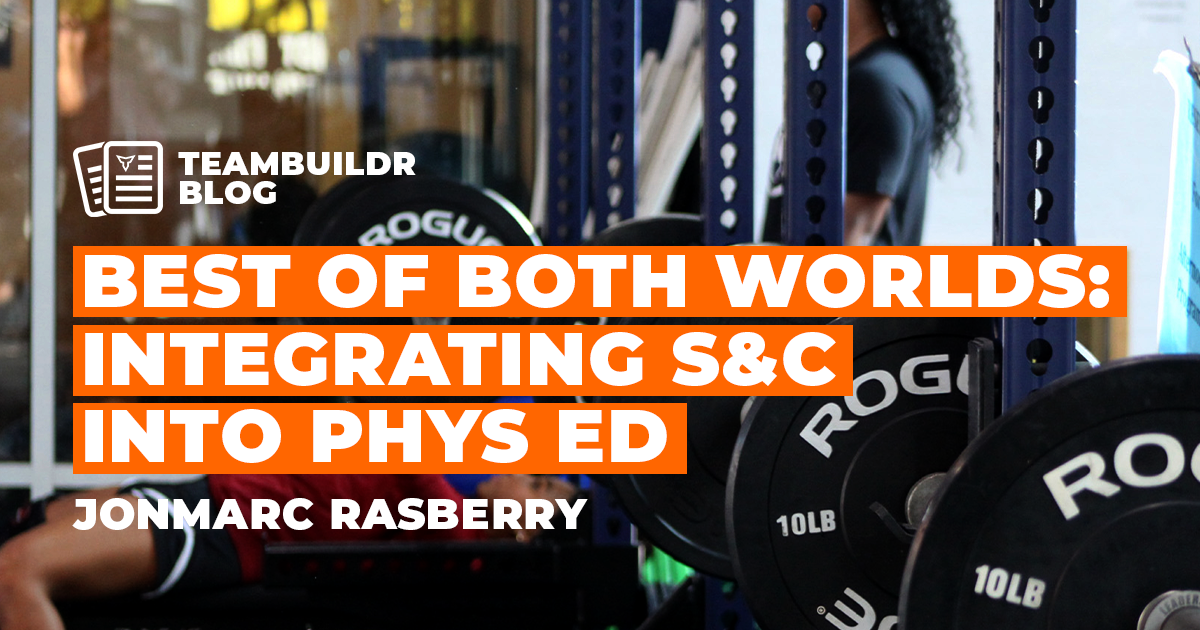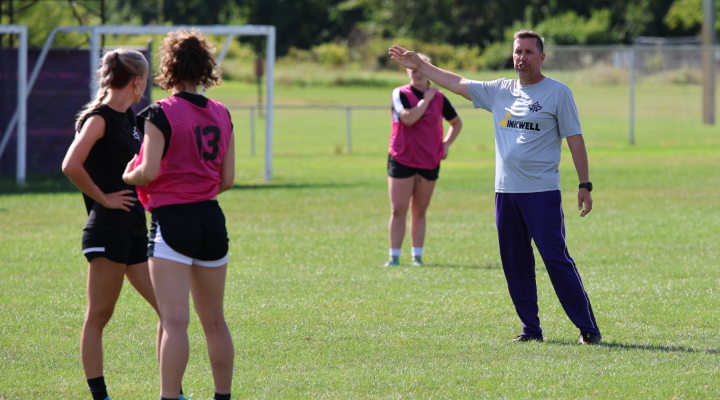Bridging the Gap Between Performance & Longevity
At the highest level of sport, there is typically a large gap between health and performance. This means that athletes will in many cases sacrifice their health to gain an edge. Baseball pitchers specifically trail to achieve a high-velocity pitch, volleyball players train to handle the volume of jumping that they do, cross country runners, divers, and gymnasts will get to dangerously low body fat percentages throughout their training to gain the tiniest edge over their competition. The misconception is that peak performance is peak health.
The case of quitting physical activity following a sports career does not always have to be the norm. And it starts early. While there are many other aspects of the post-athletic career and the relationship to training/exercise after, the goal of this article is to cover how practitioners can influence positive training habits from an early age.
Athletes should start strength training at around 10 years old. The first and most important thing we teach an athlete is the importance of simply getting strong. Not strong in their sport. Just strong. We do this by sticking to a training method called general physical preparedness (GPP). The opposite of GPP would be SPP (Specific Physical Preparedness). SPP would be hitting practice for a baseball player; it would be doing a pool workout for a swimmer. SPP is any training where you are playing your sport in some capacity.
GPP, on the other hand, may look nothing like the athlete's sport. The goal of GPP is to get the body stronger, more powerful, and more injury-resistant by doing basic movement patterns (squat, hinge, push, pull, jump, hop, bound, roll, sprint, cut) under a variety of conditions; loaded, unloaded, slowly, quickly, etc. The better an athlete is at moving their body through space efficiently, the better suited they will become for learning new skills and performing those skills with a mitigated chance of injury. Too much SPP can lead to overuse injuries. And overuse that is merely “managed” while continuing to do the same pattern repeatedly, will eventually lead to a complete breakdown of the joints, ligaments, tendons, cartilage, muscle, and bone.
In all of the programs that I write, three components will always be present:
1. 90% of movements in the program will be ground-based. This means that our feet will be on the ground, producing force. The vast majority of movement in sports will be initiated from the ground up.
2. Most movements will be multi-joint, meaning more than one joint will move or be under load simultaneously. It’s rare in sports that only one joint moves at a time. So we mostly avoid things like bicep curls, leg extensions, and other single-joint movements.
3. The program will feature movements in all 3 planes of motion: Sagittal (forward and back), frontal (side to side), and transverse (rotational). Most sports (except sports like rowing) will take place in all three planes at some point.
Within this structure, you should have bilateral movements, unilateral movements, stable, unstable, ballistic, isometric, eccentric, and plyometric movements. You should use barbells, dumbbells, kettlebells, med balls, sleds, rings, bands, etc. The point is, that as long as these three components are present in the program, you can take a plug-and-play approach to exactly what kind of exercise you’re going to do.
Another crucial aspect of training for longevity is understanding that you cannot train at 100% all the time. To train at 100% some days, other days will have to be less intense. But how do you know when to take it easy and when to ramp it up? Your training program must be auto-regulated. This means that your sessions will fluctuate in intensity based on your performance, fatigue level, state of recovery, etc. The worst kind of training program is one that is set in stone and says today we’re lifting heavy for this amount of reps because the sheet says so. In real life, there will be days when you feel like Superman and you’re going to perform well. There are going to be other days where life gets the best of you and you’re not able to lift as much or jump as high.
A good strength and conditioning program should respect those changes in readiness and allow you to lift heavier some days, and lighter on others either based on how you performed the previous week for a given exercise or simply based on how you’re feeling that day. I like to use a modified APRE protocol. Others like to use VBT or RIR. They all work depending on the population that you work with. Given I work mostly with youth athletes ages 10-18, I find that the modified APRE works well.
The way this program works is that I’ll give an athlete a certain amount of weight that I want them to hit for their l last set. And they rep out that weight to technical failure. For example, in phase one of a front squat, They’ll do 7 reps for their first set, then 5 reps for their second set, on their third set they will rep out. If they get over 5 reps, they will move up in weight on that exercise next week; if they get under 5 reps they’ll go down in weight; if they get 5 reps they’ll stay at that weight. I’ve found that this is a very effective way to track progress in strength, allow for intra-session competition between athletes, and inter-session self-competition, on top of allowing athletes to fluctuate their performance as needed.
When it comes to training for longevity, an all-or-nothing approach is a great way to have a short career. A coach who has an athlete's best interests in mind will make sure that they are getting a variety of athletic experiences, allowing them to build a high level of movement literacy, as well as making sure they can rest when necessary, and train hard when able. If an athlete can do these two things consistently well, they will have a long, healthy athletic career.
Subscribe to our blog
Subscribe to receive the latest blog posts to your inbox every week.
Related posts

5 Reasons to Use Undulating Periodization for High School Athletes

Integrating Strength & Conditioning into Phys Ed

